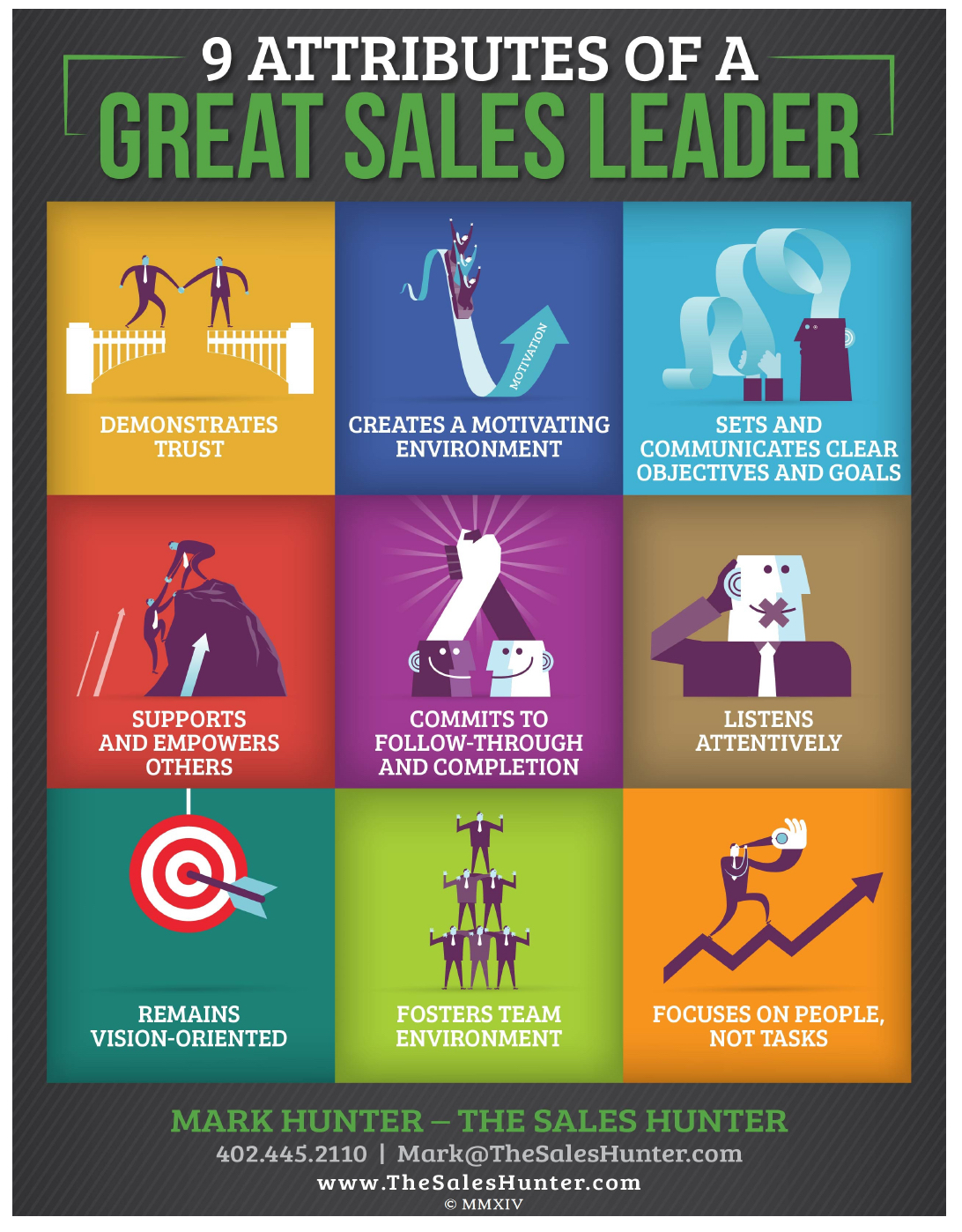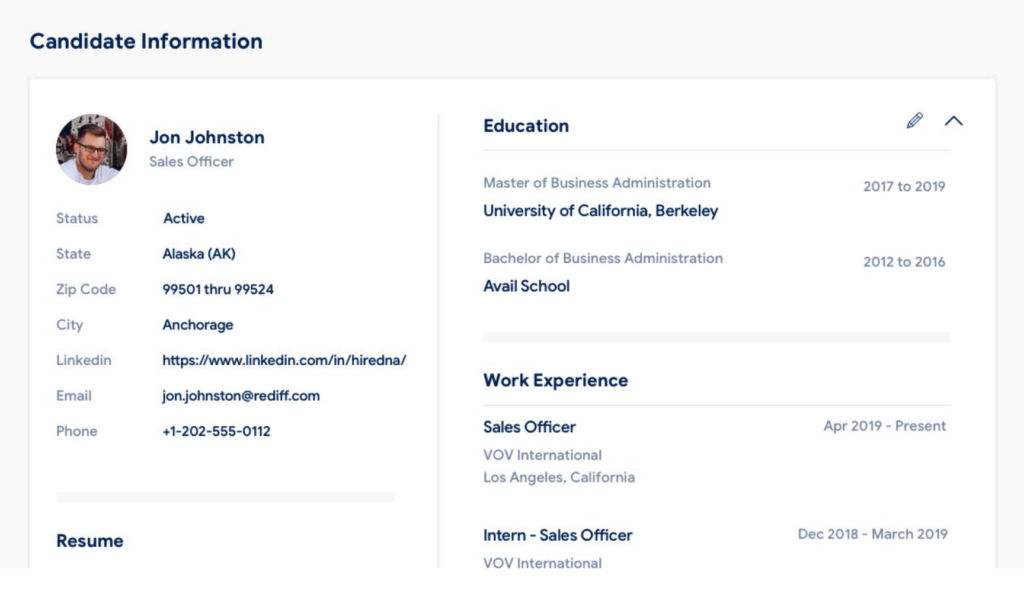The stronger your leadership, the better your sales team’s performance. There’s simply no denying the correlation. From coaching to communication to collaboration to culture, the caliber of your internal leaders impacts all aspects of your company. For this post, I’ll analyze this correlation in-depth, looking at concrete data and identifying key areas where leadership shapes sales team performance.
Some Telling Stats
To begin, let me paint a clear picture of how the competency and commitment of your leaders affect your sales team by looking at some compelling data. Here are some statistics that jumped out at me.
“High-performing sales leaders reported an overall average annual quota attainment of 105% compared to 54% for underperforming sales managers.” That’s nearly double! At the most fundamental level, having elite sales leaders heavily impacts your ability to reach your quota.
And this makes sense. If you have top-tier sales leaders at the helm, their professionalism will trickle down, helping you make more sales and generate far more revenue.
Next, “Employees who are supervised by highly engaged managers are 59% more likely to be engaged than those supervised by actively disengaged managers.” This illustrates another way your sales leaders’ behavior rubs off on the rest of your sales team.
If you have sales leaders who are truly committed and highly engaged, your salespeople will take notice, and most will feel compelled to follow their lead. It’s all about leading by example.
Going deeper, “Engaged employees had 59% lower turnover rates,” which, as we just discussed, is something largely impacted by sales leadership. In other words, when you have highly engaged sales leaders, it creates more engaged salespeople, which should significantly reduce turnover.
And that’s just the tip of the iceberg. Excellent sales leadership can also help:
- Boost productivity
- Motivate the rest of your team
- Ensure accountability
- Increase customer satisfaction and loyalty
- Increase company resilience
On that note, let’s look closer at some specific ways leadership influences team performance.
Goal-Setting
Whether you’re dealing with lead generation, customer acquisition, customer retention, or any other aspect of sales, goal-setting is essential for accomplishing your objectives. Strong sales leaders understand this and 1) set clear, specific, measurable, realistic goals and 2) effectively communicate these goals to the sales team.
By doing so, this helps your salespeople know exactly what they need to accomplish and when — something that’s a critical precursor for sales success. On the other hand, lacking clear goals is almost always a recipe for failure, as your sales team won’t have any real direction.
If you’re looking for further examples of goals top sales leaders tend to focus on, here’s a great list for reference.
Coaching and Development
Even the best salespeople have to start somewhere, and hardly anyone comes out firing on all cylinders right away. It takes consistent coaching and development to fine-tune a rep’s skillset so that they’re able to fully realize their potential.
Another way leaders actively shape team performance is by acting as mentors to aid in this development. Consider these stats.
- “77% of companies report improved sales performance as a result of coaching.”
- “Companies that provide effective sales coaching can see up to a 16.7% increase in revenue.”
- “83% of companies said that coaching helps new hires become productive more quickly.”
- “92.8% of sales leaders believe that sales coaching has a significant impact on sales performance.”
Long story short, solid sales leaders facilitate coaching and development, either doing themselves with a hands-on approach or matching salespeople with other mentors who can help them in their progression.
Building a Positive Culture
I think we can all agree that having a positive company culture is a vital part of long-term success. And what’s one of the most important factors in creating a positive culture?
Strong leadership.
I like to use a pyramid as a metaphor. When you have great senior leaders at the top who are genuinely passionate about their role and committed to helping everyone else around them, it trickles down to managers to supervisors and ultimately to salespeople on the front line.
A leader’s mission, values, engagement, communication, work ethic, and so on spreads downward to every other branch of your company, including your sales team. So to establish a thriving culture, it starts at the top with dedicated leaders who are invested in helping your company succeed.
Adapting to Change
Today’s sales world, and the business world in general, is incredibly complex and ever-changing. Fueled largely by advancing technology, new trends are constantly emerging and entire industries can seemingly go from thriving to defunct overnight. No one is immune.
A huge part of not only adapting to change but thriving amidst it is having strong sales leadership. These individuals can successfully navigate change, plow through setbacks, overcome challenges, and capitalize on new opportunities. When you have people like this in charge of your sales team, it doesn’t matter what’s thrown at you.
Whatever the circumstances, they’re agile enough to make the necessary adjustments and ensure your sales team is equipped to succeed. When compared to a competitor that shirks from change, this can make a world of difference.
Enhancing Sales Team Performance By Finding Elite Sales Managers
In my opinion, sales success almost always requires a top-down approach, where you start by recruiting the cream of the crop sales managers, making this your main priority. Of course, you’ll want to also put plenty of effort into recruiting quality salespeople. But by giving elite management the reigns, the rest will usually fall into place.
Not only will their leadership aid in the areas mentioned above like goal-setting, salesperson coaching, and culture-building, they’ll have a final say in the reps you bring on board when hiring. So by recruiting top sales leaders, you should also be able to recruit top salespeople, creating a positive cycle.
When it comes to attracting, recruiting, and retaining top sales talent at all levels, it’s helpful to use cutting-edge, data-driven technology. With HireDNA, you can find sales leaders by analyzing 26 profile data points to find individuals who are most likely to succeed in your unique sales environment. You can get started with HireDNA here.








